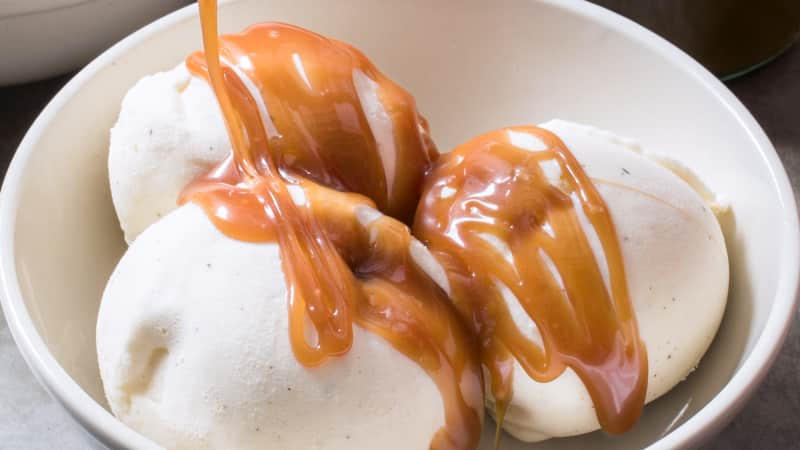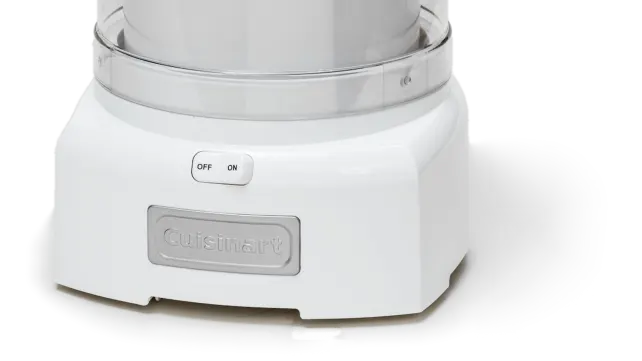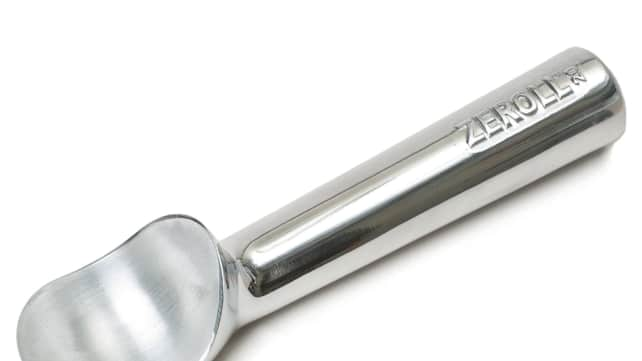When we think about ice cream, we usually think about flavors such as chocolate, vanilla, coffee, and strawberry. But what makes or breaks great ice cream is texture—how smooth, cold, and refreshing it feels in your mouth. Getting the texture exactly right hinges on two main factors: controlling the water in the base and freezing that base as quickly as possible. With the right formula (and a $30 ice cream machine), you can make ice cream as good as any scoop shop's.
How to Make Pro-Caliber Ice Cream
Published June 1, 2020.

What Is Ice Cream Exactly?
Technically speaking, it’s all of the following: a fat-in-water emulsion; a foam of tiny air bubbles churned into the base; and a multiphase system of solid ice and fat, liquid sugar solution, and air bubbles).MIX UP JUST THE RIGHT BASE
Ice cream is mostly water, which freezes during the churning process and thickens the base so that it becomes solid and refreshing. The key is controlling the size of the ice crystals that form as the water freezes and that can continue to grow over time in the freezer. When ice cream is grainy, it’s because the crystals are noticeably large, while smooth, high-quality ice cream contains ice crystals so small that our tongues can’t detect them.
Each ingredient in the base influences the properties of the water and the size—and our perception—of the ice crystals. Classic formulations include just heavy cream, milk, and sugar (custard-style ice creams also include eggs). Our base also includes corn syrup, nonfat milk powder, and cornstarch—unusual additions that are essential to our ice cream’s smooth consistency. Here’s a breakdown of each ingredient’s role in our formula.
KEY INGREDIENTS

SWEETENERS
Sugar sweetens the base, but it also ensures that the ice cream is soft enough to scoop straight out of the freezer by keeping a portion of the water in the mix from turning to ice. Adding just the right amount of sugar is crucial to achieving that properly dense but still scoopable consistency.
Corn Syrup is a less sweet form of sugar, so it provides the textural benefits of sugar without making the ice cream sweeter than we want.

FAT
Fat in the base means there’s less water to freeze, but too much fat can form flecks of butter during churning; it can also dull the ice cream’s cold, refreshing mouthfeel. Using a combination of heavy cream and whole milk gets us close to fourteen percent fat, which is considered the sweet spot. (In rich, custard-style ice cream, eggs also contribute fat; omitting them yields a cleaner-tasting base that allows other flavors to shine.) Fat also lubricates the tongue so that ice crystals aren’t as noticeable, and it solidifies when chilled, trapping air during churning.

STABILIZERS
These ingredients increase the viscosity of the base, so there’s less chance for ice crystals to cluster into larger, more perceptible crystals.
Nonfat dry milk powder not only replaces some of the liquid milk in the mix, effectively decreasing the amount of freezable water, but also traps some of the water so that it can’t freeze, minimizing ice crystals. Cornstarch also traps water so that it can’t freeze.
FREEZE IT FAST
There are three basic steps to freezing the base as quickly as possible, which ensures small (less than 50 microns), imperceptible ice crystals.
Chill: To shorten the time it takes for the base to freeze, it’s important to chill it down to 40 degrees—when it’s cold but still fluid—before it goes into the ice cream maker. (Chill the ice cream maker’s canister for at least 24 hours before adding the base and churning so that it’s as cold as possible.)
Churn: Churning partially freezes the base and incorporates air into it through the whipping action of the paddle (also called a dasher blade). The process takes about 30 minutes; you’ll know it’s time to stop when the base is the texture of thick soft serve and registers 21 degrees.
Harden: After churning, about 50 percent of the water is frozen; the rest of the freezing and hardening happens when the base is packed into a container and left in the freezer for at least a couple of hours.
KEY EQUIPMENT

ICE CREAM MAKER
With the help of a good ice cream base, the Cuisinart Frozen Yogurt, Ice Cream & Sorbet Maker ($53) produces frozen confections that are as smooth and creamy as commercial premium ice creams.

ICE CREAM SCOOP
When you've gone to the trouble of making a homemade ice cream, you need the best kind of scoop for portioning it out. The Zeroll Original Ice Cream Scoop's ($17) gently curved oval bowl forms perfect round orbs that release easily.
